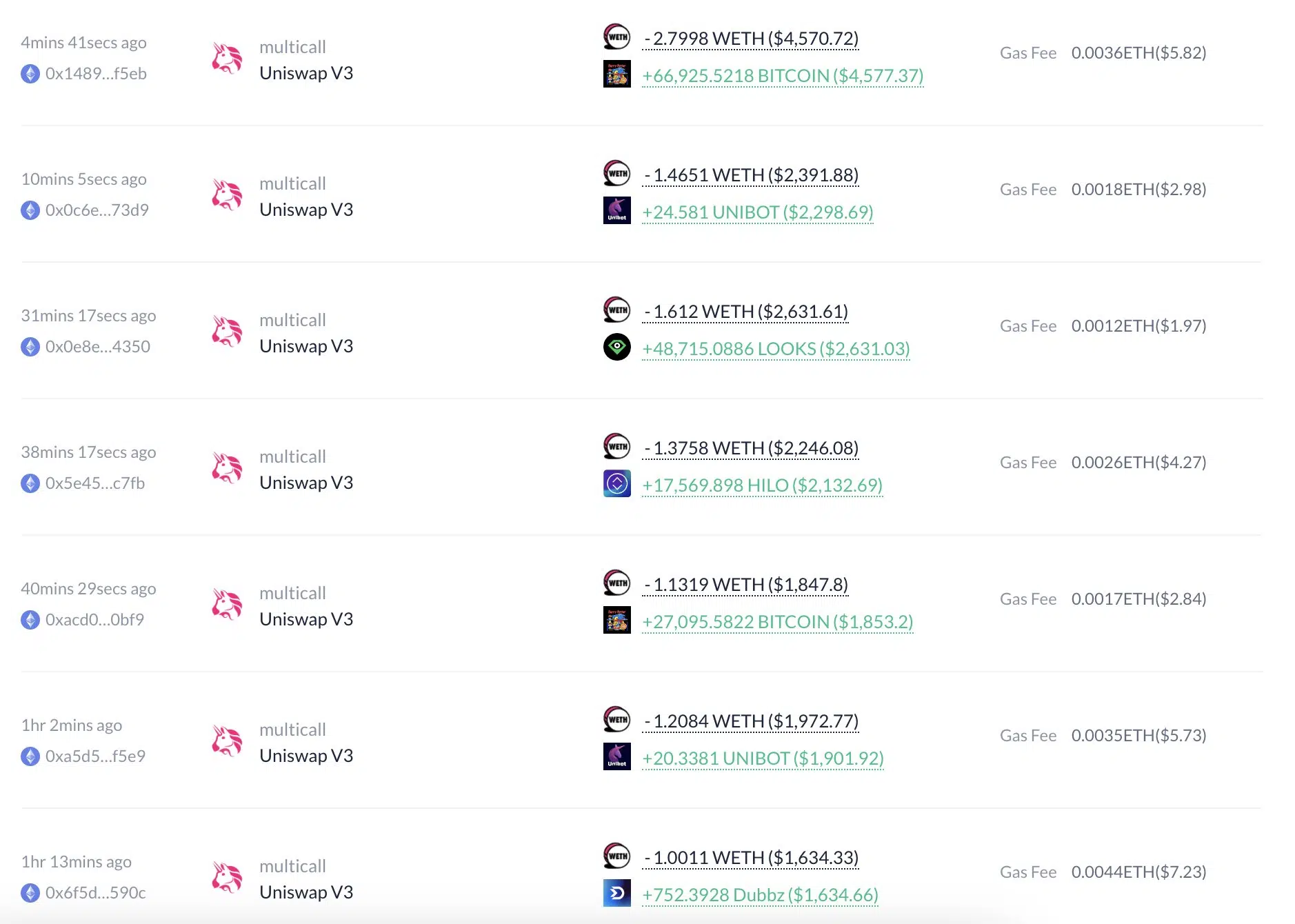Unlocking Success in Forex Trading: A Comprehensive Guide to Direct Forex Signals
Direct forex signals are essential tools that help traders make informed decisions in the highly volatile forex market. These signals provide real-time data on the expected direction of currency price movement, acting as a guide for when to buy or sell specific currency pairs. Through this comprehensive guide, unlock the key to forex trading success by understanding, utilizing, and mastering direct forex signals to maximize your profits and minimize potential losses.
A Primer on Forex Trading
Forex trading, also known as foreign exchange trading, involves the purchase and sale of different currencies. It’s a global marketplace that operates 24 hours a day, creating opportunities but also risks. This ever-changing market is guided by factors such as economic indicators, interest rates, political events, and even natural disasters. As such, understanding these factors and implementing a strategy to navigate them is crucial to achieve success in forex trading.
Understanding Direct Forex Signals
The heart of forex trading strategy lies in the insightful interpretation of direct forex signals. These signals, typically provided by experienced analysts or specialized software, indicate optimal entry and exit points for a trade. They are either based on technical analysis or fundamental analysis, or a mixture of both to offer the most accurate forecast. Understanding these signals can significantly increase your chances of making profitable trades.
Components of Direct Forex Signals
- Direction: Direct forex signals indicate whether to buy or sell a currency pair, guiding you on the expected price movement direction.
- Entry Price: The entry price relates to the price at which it is suggested to open a position, either for buying or selling.
- Stop Loss: A stop loss is an order that protects you from losing more than a specific amount, by closing your position once the price reaches a particular level.
- Take Profit: The take profit is the price point at which you should close your position to capture the profit made according to the direct forex signal.
Benefits and Drawbacks of Direct Forex Signals
Just like all investment strategies, using direct forex signals has its advantages and disadvantages which need to carefully weighed.
Benefits:
- Time-Efficient: Monitoring and analyzing forex markets require a significant investment of time. Forex signals cut down this time by doing the work for you.
- Less Stress: With the heavy lifting performed by experienced analysts or specialized software, you can trade with more confidence and less stress.
- Entry to Expert Analysis: Forex signals provide you with access to expert analysis, which may be difficult if you’re new to forex trading or don’t have a deep understanding of market mechanisms.
Drawbacks:
- Risk of Loss: Even with the insights provided by direct forex signals, the unpredictable nature of the forex market means there is always a risk of loss.
- Dependency: Uncritical reliance on forex signals can lead to neglect of learning and developing your own trading strategies and analytical skills.
How to Use Direct Forex Signals
While direct forex signals serve as a valuable companion, they are not a guarantee for success. Mastering the art of using these signals involves understanding how to interpret and act on them. Here’s a short guide:
1. Choosing the Right Provider:
Not all signal providers are created equal. It is essential to choose a reliable provider known for delivering accurate and timely signals. Doing so ensures a high rate of successful trades and maximizes your profits. Customers’ reviews and testimonials can be a handy tool to gauge the reliability of a signals provider.
2. Understanding the Signal:
Every signal you receive will detail the currency pair, the direction of trade, the entry price, stop loss, and take profit. Make sure you understand how to interpret these details to use the signal correctly.
3. When to Act:
In a fast-paced market like forex, timing is everything. As soon as you receive the signal, you need to take action. Acting promptly on a signal can be the difference between making and losing a trade.
4. Be Meticulous:
Keep a detailed record of all your trades. Note down the success and failure of each trade executed based on the signals received. This practice will help identify recurring patterns, strengthen your analytical abilities, and refine your trading strategy.
Concluding Remarks
Direct forex signals can indeed play a vital role in the journey towards successful forex trading. However, while they provide valuable insights, remember that these signals are tools to guide and assist rather than a scheme to instant riches. By understanding and carefully using these forex signals, while also developing your individual trading strategies, you unlock the potential for success in the Forex market.
Summary
– It is decentralized and operates 24 hours a day, five days a week.
– The main goal is to make a profit from the fluctuation of currency values.
– They can be received through emails, texts, or even online platforms like twitter.
– These signals help traders make informed decisions and are instrumental in optimizing profits and mitigating losses.
– Automated signals: These rely on algorithms and trading robots to determine when to buy or sell.
– Consider the provider’s past performance, customer reviews, and pricing structure.
– Providers with a proven track record of profitability and positive customer reviews tend to be more reliable.
– Reduced risk and increased accuracy.
– Suitable for beginners and advanced traders who want quick entry and exit points.
– Not all signals may be profitable due to market volatility.
– Forex signals can be a valuable tool, but they should not replace personal understanding and strategy planning.


